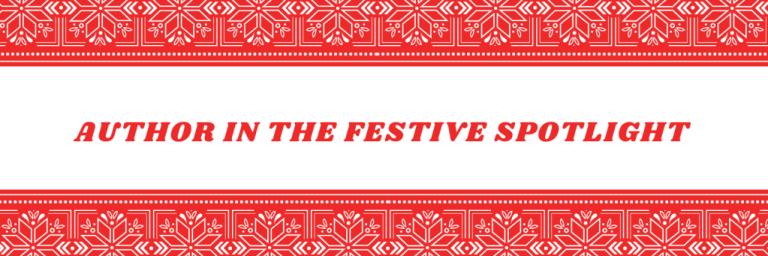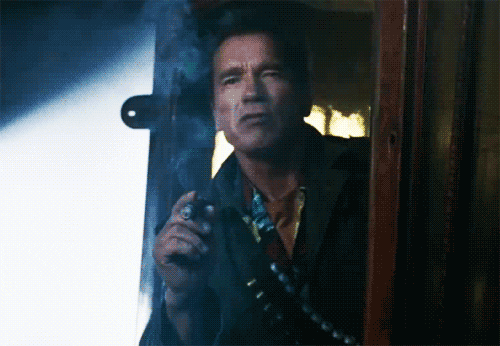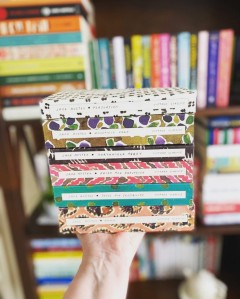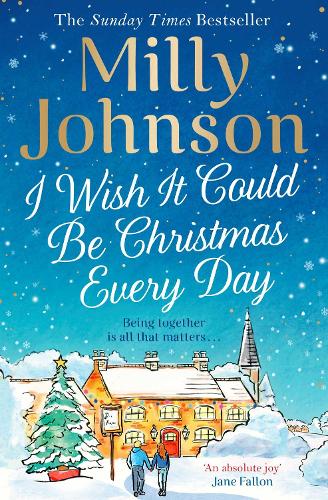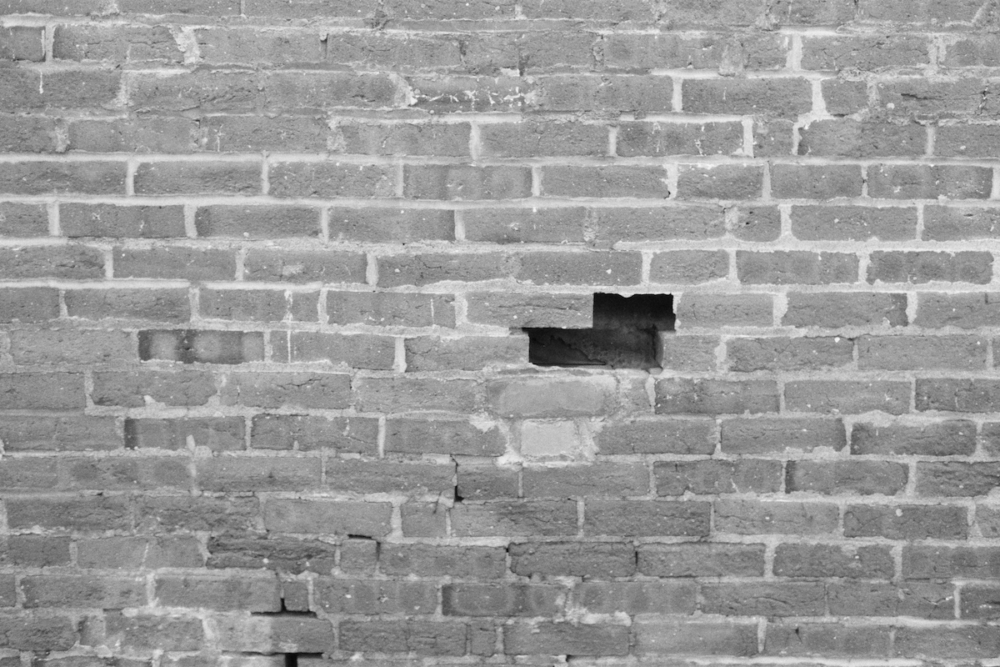
Today’s post is by author and book coach Deborah Ann Lucas.
I’m a writer who struggles to process information audibly and an artist who is not visual: I can’t absorb and remember the shapes I see. Instead, I’m an intuitive learner and writer, perceiving and processing the world through a different channel than most—kinesthetically. I learn best through touch and my sense of space. This could be considered a disadvantage. But I’ve turned it into an advantage by applying spatial concepts to see the shape of things in my writing.
In college, I gained creative confidence by making clay sculptures and learned about negative space in a drawing class. In the center of a circle of sixteen artists, a long-haired woman on a raised platform held a contorted pose. Nothing but a flush of circulation kept her nude body warm in the crisp, cool air. I hoisted my 30 x 40″ drawing pad onto an easel and began sketching her head, tracing the curve of her neck, around the arm, along the torso, and down her legs. At the edge of the paper, I had no room for her feet, and reached for my eraser to begin again, much like I do when writing.
My instructor materialized behind me. “Work with what you have.” He snatched the 2B pencil from my hand. “Anchor her in the setting to delineate her proportions.” He slid his thumb along the pencil, measuring with his arm straight. “See the shape in between to define the negative space. Measure the relationship between object and emptiness.”
I squinted, shifting from the model to his translation on my paper. He outlined the drapery to the curve of her shoulder, then her midsection to her flexed arm, creating shapes. Between these, I saw a central image emerge, one nestled in the setting—revealing the trees and the forest.
Connecting art lessons to writing
Years later, when drafting my memoir, I recognized the parallels between writing and the visual arts. Through metaphor, I saw the connections. The naked model represents my vulnerability as I revealed my deepest fears and regrettable choices, a stark picture when rendered without context. The protagonist floated, unanchored in the frame of the story, when left disconnected from or haphazardly linked to the details of the setting, pulling the reader out of the scene before they could grasp what I hoped to communicate.
Using spaces between elements—formed by shared edges—will add continuity, complexity, flow, tension, and mood to the scene.
Using negative space—literally
If negative space is a new concept to you, or is vague and hard to lock down, here are a few ways you might incorporate this effective tool into your writing.
The most basic key on your keyboard is the return key. I use it whenever there is a shift in who is talking in dialogue and create white space on the page. This may seem basic, but it is sometimes missed, so worth mentioning.
I hit the return key when I change anything: in dialogue to a different person; a shift to internal thought; a passage of narration or description. I will hit the return key twice when I switch to a new setting, or when I change the focus of the content, making another point. Adding this open space serves as a road sign, telling your reader something is about to change. It also gives them mental time to process the meaning within the story.
Varying sentence and paragraph length
To manage pacing, I vary the length of sentences and paragraphs, inserting blank lines or white space inside a chapter to create intentional negative space. This helps to avoid overwhelming or, in contrast, boring the reader with my writing.
The placement and the shape of text blocks can add white space to any page. See the space between the edges of the page and the block of text. Notice how different reading a page feels when it’s crammed with words versus when it contains only a sentence or a brief paragraph. All the possibilities in between alter the flow and the reader’s response. When reading, do you take the author’s cue to pause and process when there is extra space between paragraphs? And at the end of a chapter? Are you aware when editing how effective these breaks are when used with intention?
In All the Light We Cannot See, Anthony Doerr uses short chapters, from two paragraphs to a handful of pages, a classic example of using negative space to make a complex 531-page story more accessible. He controls our emotions through the ups and downs of this dramatic book.
Making space
Excessive writing, like a busy painting, can produce content that is too much noise to sort through, making the central character hard to decipher. When we find this in our manuscripts, we can create negative space by breaking up our dialogue with internal thought, description, or a blank line, giving the reader a moment of quiet to let the power of the dialogue claim its full impact. An extra blank line between blocks of narration and dialogue facilitates rhythm and flow. Like in music, rests act as a breath, offering relief and adding suspense.
Added details slow the action and create connective tissue between primary elements, giving the reader time to sort out who is who, where they are, and the meaning beneath the surface.
Jon Gingerich in Writing in the Negative suggests how the writer might use empty space to contrast a quiet setting with the turmoil experienced by the main character. For example, in Mrs. Dalloway, Virginia Woolf uses a stream-of-consciousness narrative style, leaving spaces for readers to piece together the inner thoughts and emotions of her characters. The negative space in the narrative allows the reader to explore the complexity of the characters’ inner lives.
In “Hills Like White Elephants,” Ernest Hemingway draws us into the experience of a couple on their way to abort as they talk about anything else, creating a discord between their inner turmoil and the banality of what they are saying. The missing core of the story echoes with more power through what is left unsaid, using this negative space as a subtle reflection of their shared loss.
Leaving gaps in time
By leaving gaps for ideas and concepts inferred but unsaid, you’ll invite the reader to fill these spaces with events and meaning from their own life experience. This leap over the chasm draws the reader into the story, reducing the space they must traverse, mentally and emotionally, to walk the path alongside or in the shoes of the protagonist.
In The Glass Castle, Jeannette Walls leaves gaps with hints of darker events that impacted her childhood, allowing readers to envision between the lines the full extent of the obstacles she faced. By using negative space, readers are engaged on a deeper level, yielding empathy and understanding. Unresolved tensions and unspoken truths help create a powerful and resonant memoir whose story lingers in the minds of readers.
New paragraphs and chapters are like a cut and fade to the next scene in movies. Where you cut and where you pick up the story tells the reader how far they must jump in time or space. A transitional sentence will make a connection smooth for your reader. Offering no transition into the next action makes it jarring.
It is for you to manipulate, depending on what you want the reader to know and how they experience your story. There are as many answers to this as there are writers.
In Memorial Drive: A Daughter’s Memoir, Natasha Trethewey uses jumps in time, from her mother’s murder at the hand of a former stepfather to later as she unravels what happened, to show us how it shaped her as an artist. She uses metaphor and dreams to inform her memory. The work is powerfully poetic and tragic; her compelling writing helped me traverse the time shifts without losing me.
When I reached the end, I wanted to understand how she had written a tragic personal story with such finesse and went back to analyze the journey I had taken with her. She uses short and long chapters with intermittent sections of dreams and remembrances. After long, dense paragraphs, she gives us a three-line open space, a pause before proceeding to the next scene, using this element of negative space often in each chapter as a break from the intensity, a place to ponder before.
Controlling what is in focus
By controlling what is in focus, you control the space as perceived by your readers. Like artists using a camera, writers can zoom in on their characters and zoom out to the immediate context or the setting, to compress or expand readers’ focus—startling them or giving them the space to take in details.
Aspects of these techniques can be applied to writing by adjusting the point of view. For example, writing in first person shortens the distance between character and reader, giving the scene intimacy and immediacy. The high energy of this closeness needs intermittent respites from the intensity. Switching to the narrator’s view of the setting opens up the reader’s viewpoint; a broader focus eases the tension. Deepening the depth of field uses negative space to give the reader time to absorb its details or see the scene from a new perspective.
In Schindler’s List, Steven Spielberg adds considerable visual texture to the shots by placing many objects between the two main subjects, shifting the viewer’s focus onto the space between. This deepens the story by focusing on connections between objects that hint or symbolize the undercurrents of the story he is building.
In writing, by highlighting the space around instead of on the primary character, you shift the perspective of a scene and the viewers’ perception of it. By focusing on objects, you can add context and metaphor, change the pacing, and enhance the mood to tell a unique story.
Weaving
Symbolic objects woven throughout your scenes or chapters can be a powerful dimension of story. To consciously manipulate them, ask where and why each thread is popping up: Are they held or touched by the protagonist or other character? Or do you place them in the connective tissue between dynamic action—inside the negative spaces?
Using tools to help you
If you step back from your pages, you’ll see the shape of your narrative structure with fresh eyes, like when my art instructor measured with his thumb on the pencil. To accomplish this new perspective, you might try various tools in Word or ProWritingAid to see how you have laid out your building blocks of story.
Your awareness of negative space will give you a new window for understanding your writing and your reader’s response. When you manipulate spaces in between with intention, your readers will stay intrigued with its emotion, mystery, and ambiguity, reading every word to the end. And they will beg for more.


